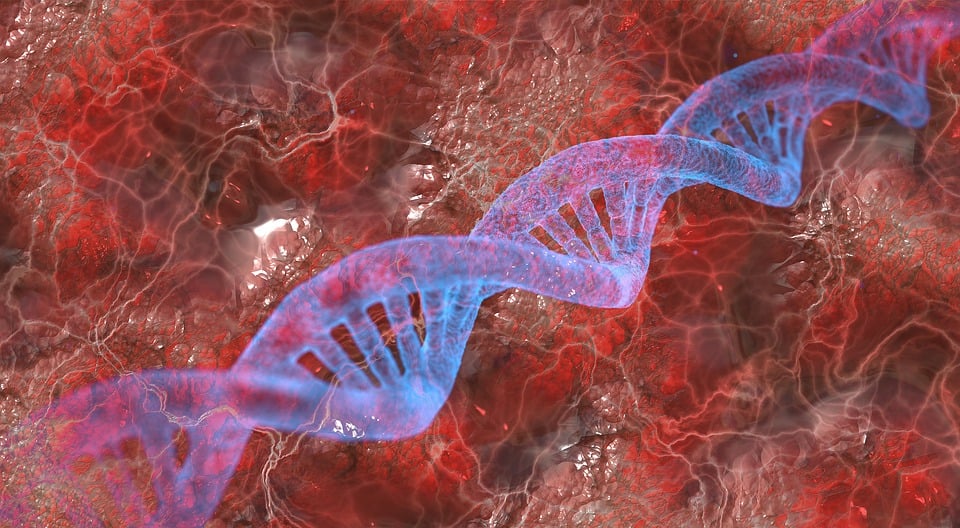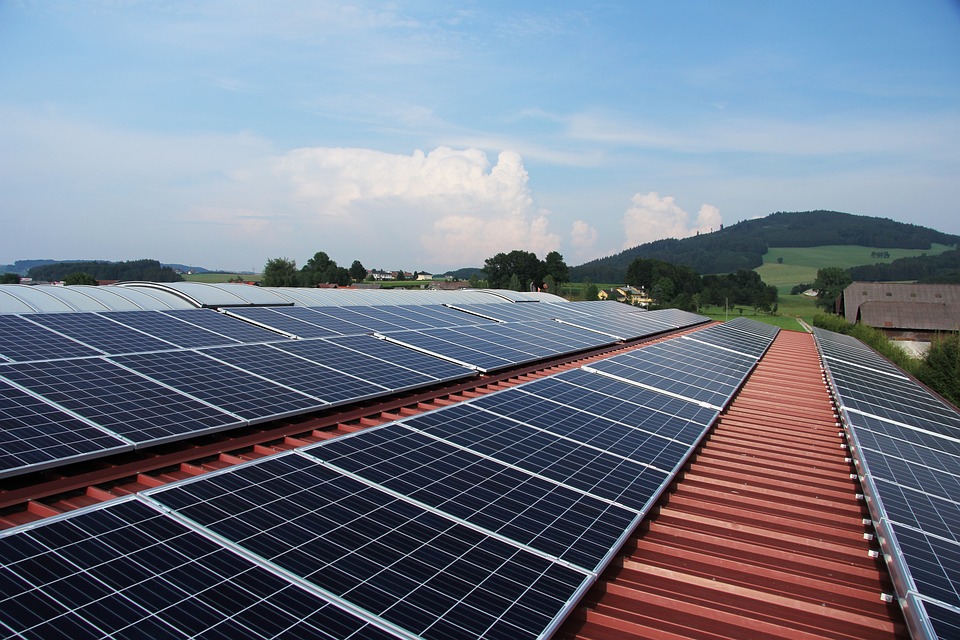
Sensors are an essential component in robotics, allowing robots to perceive their surroundings, gather information about their environment, and interact with objects and people. These sensors can be used to measure various physical and environmental parameters, such as temperature, humidity, pressure, acceleration, position, orientation, and distance. In this essay, we will discuss the advantages and disadvantages of using sensors in robotics, with a focus on their impact on the performance, accuracy, reliability, safety, and cost-effectiveness of robotic systems.
Advantages of using sensors in robotics
Perception and sensing
Sensors enable robots to perceive and sense their environment, including detecting obstacles, avoiding collisions, recognizing objects, and navigating through complex environments. For example, ultrasonic sensors can detect the presence of objects and measure distances, while infrared sensors can detect temperature changes and identify hot or cold spots. This ability to sense and perceive their environment makes robots more autonomous, efficient, and effective.
Accuracy and precision
Sensors can provide accurate and precise measurements of physical parameters, such as position, velocity, and orientation. This accuracy and precision are essential for many applications, such as precision manufacturing, medical robotics, and autonomous vehicles. For example, a robot arm equipped with position sensors can precisely move and manipulate objects in a manufacturing process.
Reliability and robustness
Sensors can enhance the reliability and robustness of robotic systems by providing real-time feedback and monitoring. This feedback can be used to detect errors, faults, or anomalies, and trigger appropriate actions, such as self-correction or shutdown. For example, sensors can monitor the temperature and pressure of a robotic arm and trigger an alarm or shutdown if they exceed safe limits.
Safety and security
Sensors can improve the safety and security of robotic systems by detecting and preventing potential hazards, such as collisions, overheating, or fires. This safety and security can be critical in applications such as nuclear power plants, hazardous waste management, and military operations. For example, sensors can detect the presence of hazardous gases in a chemical plant and trigger an emergency shutdown or evacuation.
Efficiency and productivity
Sensors can increase the efficiency and productivity of robotic systems by reducing the need for human intervention and supervision. This automation can save time, reduce errors, and increase output, particularly in repetitive or hazardous tasks. For example, sensors can control the flow of materials in a production line and optimize the use of resources.
Disadvantages of using sensors in robotics
Cost
Sensors can be expensive, particularly for high-end or specialized sensors, such as LiDAR, radar, or 3D cameras. This cost can add up quickly, particularly for large-scale robotic systems or applications that require multiple sensors. Moreover, the cost of sensors can limit the accessibility and affordability of robotic systems, particularly for small or medium-sized businesses or individuals.
Complexity
Sensors can add complexity to robotic systems, particularly in terms of installation, calibration, and maintenance. Each sensor may require specific software, hardware, and wiring, and the integration of multiple sensors may require sophisticated algorithms and control systems. Moreover, sensors may require periodic calibration and maintenance to ensure their accuracy and reliability, which can be time-consuming and costly.
Noise and interference
Sensors can be affected by noise and interference, such as electromagnetic interference, ambient light, or vibration, which can reduce their accuracy and reliability. This interference may require additional shielding, filtering, or compensation techniques, which can add complexity and cost to the system. Moreover, some sensors may interfere with each other, leading to cross-talk or mutual interference.
Limited sensing range and resolution
Sensors may have limited sensing range and resolution, which can reduce their effectiveness in certain applications. For example, ultrasonic sensors may have limited range and resolution, making them unsuitable for long-range sensing or fine-grained object recognition. Similarly, some sensors may be sensitive to specific environmental conditions, such as temperature, humidity, or pressure, which can limit their range of operation.
Sensitivity to environmental factors
Sensors may be sensitive to environmental factors, such as temperature, humidity, or electromagnetic interference, which can affect their accuracy and reliability. For example, temperature changes can affect the calibration and performance of some sensors, while high humidity can cause corrosion or condensation on the sensor surface. Moreover, some sensors may be affected by external factors, such as dust, dirt, or water, which can degrade their performance over time.
Conclusion
In conclusion, sensors are a crucial component in robotics, providing critical feedback and information about the environment and enabling robots to perform complex tasks. While sensors offer many advantages, such as increased efficiency, productivity, and safety, they also come with several drawbacks, including cost, complexity, noise, interference, and limited range and resolution. To maximize the benefits of sensors in robotics, designers and engineers must carefully consider the specific needs and requirements of each application and choose the most appropriate sensors for the task. Moreover, ongoing research and development in sensor technology are needed to address the current limitations and challenges and to enable the next generation of advanced robotic systems.







